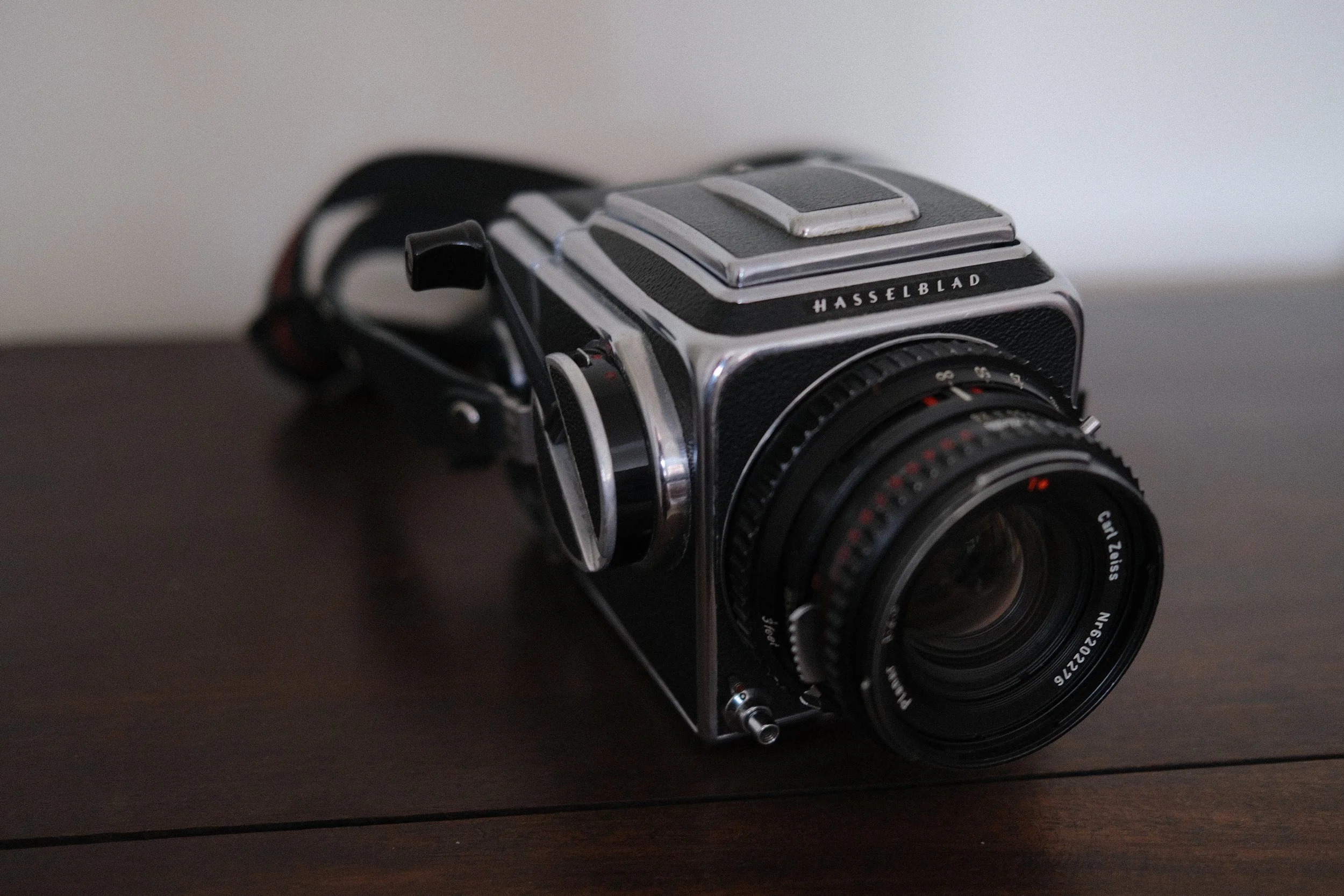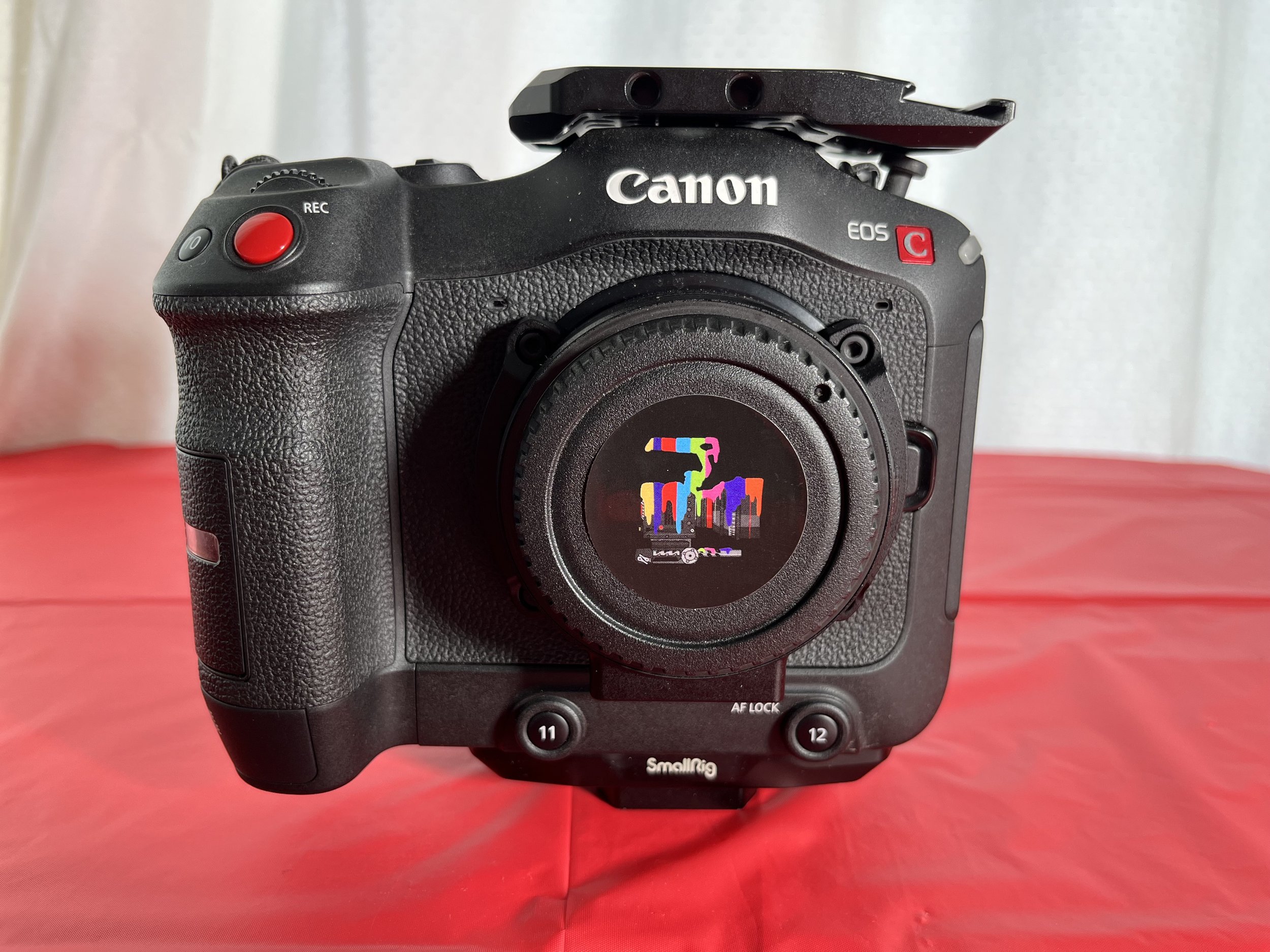I owned the original Komodo and used it on multiple feature films and it became by far my most financially successful Red camera I had ever bought. Because of the low fame rates but great Raw workflow I used it mostly on narrative film work and used my Canon C70 for everything else like corporate, commercial and music videos as it was easier to operate as a self shooter and I could shoot slow-motion at 120fps in 4k.
I traded it for the Komodo X as I felt it might be more robust for film set conditions and had the option to shoot 4k at 120fps slow-motion if needed. In the mean time the C70 had gained internal Raw recording so the cameras were getting closer together. My feature film work has really dried up since buying the Komodo X so I haven’t really used it much and I started to think to myself that these cameras are very similar spec wise now and do I really need the Red.
So I thought I would compare them both in Raw Light modes and see how they look straight out of camera and if there is much or any difference in the quality of the image. I wanted to compare the 120fps quality as well even though the C70 can only do that in Canons own compressed 10bit codec. I thought they would either be so similar I could sell the Komodo X without worrying too much or that the Komodo X would outperform the C70 to enough of a degree that I can start using it on more commercial shoots and putting up with the slightly more difficult usability. I did not compare dynamic range really as I was unsure the best way to do that. Thinking about it I should have had a colour chart board in the shot which might have shown something interesting to go on. I also did not do any stress tests as I wanted to compare them in normal shooting conditions.
So onto the comparison and we see straight out of camera that the Komodo X has a slight blue shift and looks quite cold. The C70 looks warmer and more pleasing. Going by the white socks and using the RGB picker in Davinci reveals the C70 is the same on each channel with the Komodo X lacking a bit in the green channel. So the C70 is more natural and colour accurate straight out of camera. On the 5 times zooms we see a very subtle sharpness boost for the Komodo X as its shooting in 6K rather then 4K. I would have expected this to be more noticeable to be honest as the difference is minimal. The closer up shots don’t really reveal anything else and fine detail looks about the same.
The Auto focus test surprised me a lot as I think the Red camera actually stuck to the face much better then the Canon. The only issue is when the face gets hidden the focus snapped to the background in a very electronic way. I think this could be usable for certain shots though and quite impressive from a Red camera.
Finally the slow-mo which I was very curious about. I expected a little noise from the Komodo as its cropping the sensor slightly to get to 4K and its Raw. However I expected more sharpness and detail then the Canon. I was surprised I did not see any more sharpness or detail…I only saw more noise and once that noise is removed then I would expect the C70 to be sharper. This was a big win for the C70.
My final thoughts are that for my current needs I didn’t see the Red Komodo X offering me anything I couldn’t use the Canon C70 for as now the C70 has Raw as well I don’t see why it couldn’t do the job on a film set. Producers may lean towards the Red for the name but in practical terms I don’t see many differences except the slightly higher resolution. Also while doing this test I forgot how fiddly the Komodo is to use compared to the C70. As soon as the Red is on a tripod it becomes impossible to see the menu screen to change settings without tilting the tripod head right back. As all the buttons are on the top and the menu does not come up on the connected monitor it becomes difficult to use. I know the work arounds for this but they all require extra bits of kit or using your phone. The C70 has a twisty side screen to see the menu and has multiple buttons on the back of the camera so I never have this problem plus it boots up much faster. There are many advantages to the Red Komodo X that I haven’t mentioned such as the global shutter, 16bit Raw rather than 12bit on the Canon as well as the potentially useful gyro information the Komodo captures. However to be honest none of them really effect how I work much so they are fairly irrelevant.
The downsides to the C70 are the max 4k resolution which is a bit limiting for reframing on 4k delivery projects and Final Cut still does not have a fully functioning Canon Raw workflow as you still can’t change ISO or white balance which is kind of nuts. In Davinci it allows these corrections though so thats something. Overall my conclusion is to sell my Red Komodo X and offer up my Canon C70 and Canon R5C as a pair to film productions in the future. It might not sound as sexy but the results will be pretty much the same and Im tired of keeping expensive cameras just incase a indie film producers demand it.
Do you guys have any thoughts? Let me know in the comments.
TJK

































